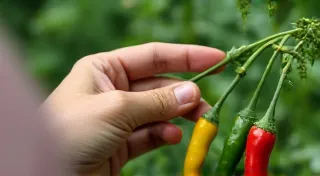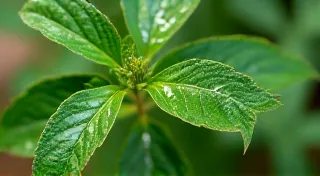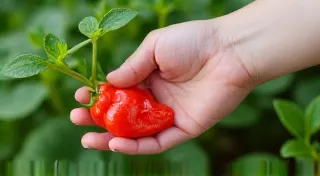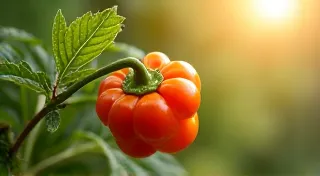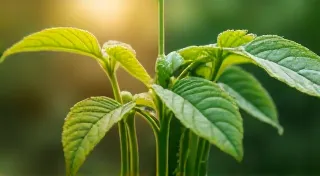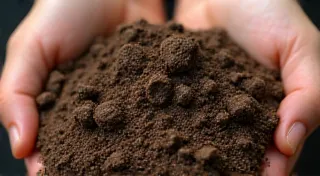Pruning Your Pepper Plants for Increased Yield
Growing specialty peppers – those fiery ghost peppers, vibrant scotch bonnets, and other uncommon varieties – can be incredibly rewarding. But achieving a bountiful harvest requires more than just planting and watering. Strategic pruning plays a vital role in channeling your pepper plants’ energy where it matters most: producing delicious, hot peppers. This guide will cover essential pruning techniques to maximize your yield.
Why Prune Your Pepper Plants?
Many new pepper growers wonder, "Why bother pruning?" Here's a breakdown of the benefits:
- Improved Airflow: Pruning opens up the plant, allowing better air circulation. This reduces the risk of fungal diseases that thrive in humid conditions.
- Increased Sunlight Penetration: Denser plants block sunlight from reaching inner leaves and peppers. Pruning removes excess foliage, allowing more light to reach all parts of the plant, encouraging fruit development.
- Focused Energy: Pepper plants invest energy in leaves. By removing unnecessary leaves and stems, you redirect that energy towards fruit production, leading to bigger, hotter peppers.
- Stronger Stems: Pruning encourages the plant to develop stronger stems, essential for supporting the weight of heavy pepper pods.
When to Prune Your Pepper Plants
The best time to prune your pepper plants depends on the variety and your goals. Generally, start pruning shortly after transplanting your seedlings outdoors.
- Early Pruning (After Transplanting): Remove the lowest leaves and any leaves that touched the soil. This promotes airflow and prevents soil-borne diseases from spreading to the plant.
- Suckering (Ongoing): Regularly remove "suckers" – small shoots that grow from the base of the plant and between the main stem and branches. These steal energy from the main plant.
- Flowering/Fruiting (Optional): Some growers choose to prune a few leaves near the developing flowers and early peppers to further concentrate energy. However, avoid excessive pruning at this stage, as leaves are still needed for photosynthesis.
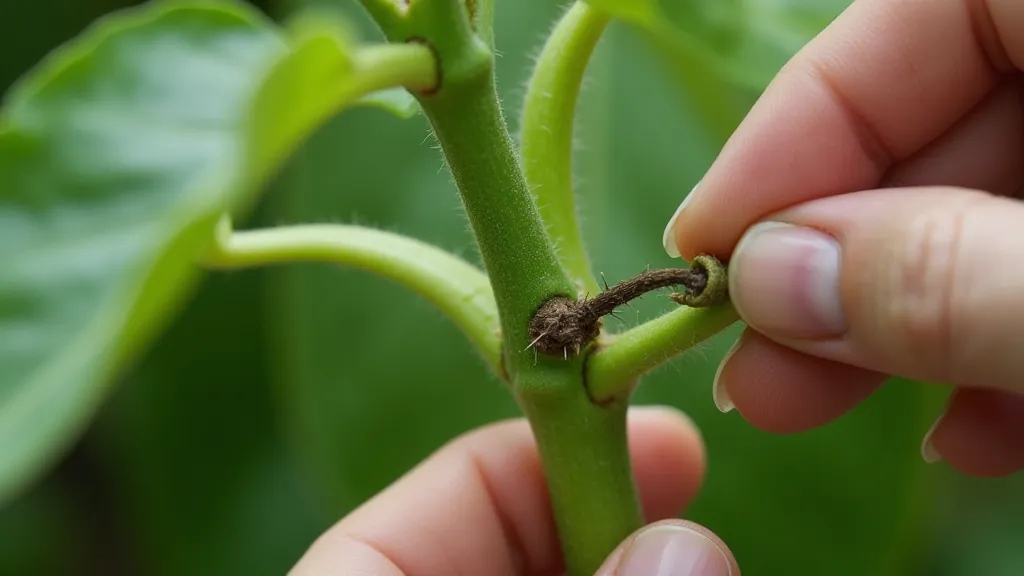
Pruning Techniques for Different Pepper Varieties
While the general principles remain the same, the specific pruning techniques you use can vary based on the pepper variety:
- Hot Peppers (Ghost Peppers, Scotch Bonnets, Habaneros): These varieties often benefit from heavier pruning to maximize heat and yield. Focus on removing suckers and lower leaves aggressively.
- Bell Peppers and Sweet Peppers: While pruning is still beneficial, be more conservative. Focus primarily on removing suckers and opening up the plant for airflow.
- Ornamental Pepper Plants: Pruning is less crucial for ornamental varieties, but you can still shape the plant and remove dead or damaged foliage.
A Step-by-Step Pruning Guide
- Gather Your Tools: Use sharp, clean pruning shears or scissors.
- Identify Suckers: Look for small shoots growing from the base of the plant and between the main stem and branches.
- Remove Suckers: Cut them off cleanly at the point where they emerge.
- Remove Lower Leaves: Remove any leaves that are touching the soil or are yellowing/dying.
- Thin Out Dense Foliage: If the plant is very dense, selectively remove a few inner leaves to improve airflow and sunlight penetration.
- Observe and Adjust: Monitor your plants' growth and adjust your pruning strategy accordingly.
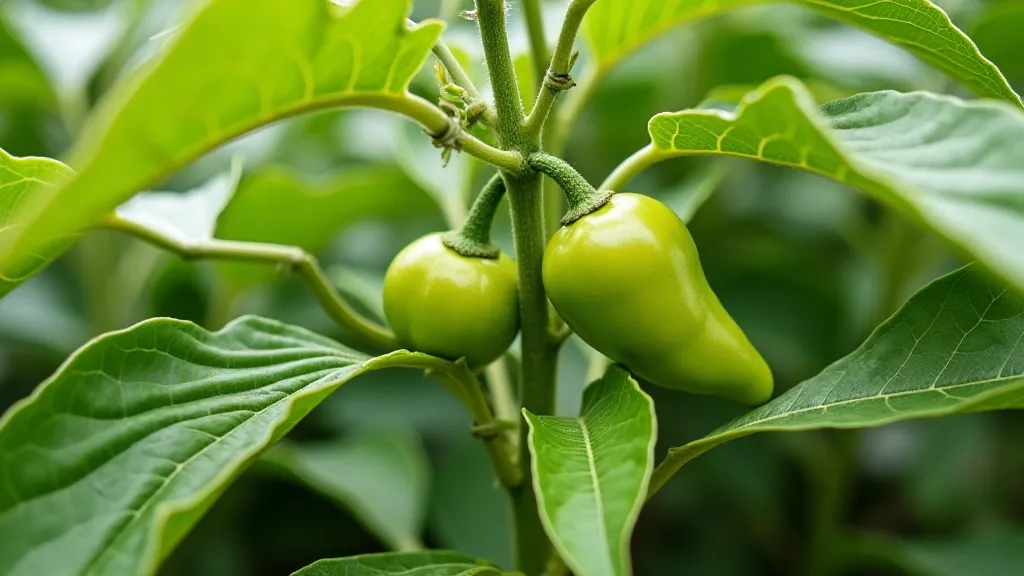
Important Considerations
- Don't Over-Prune: Remember that leaves are essential for photosynthesis. Avoid removing too much foliage, especially during the fruiting stage.
- Sterilize Your Tools: This prevents the spread of diseases.
- Observe Your Plants: Each pepper plant is unique. Pay attention to its growth patterns and adjust your pruning techniques as needed.
- Timing is Key: Don’t prune during periods of extreme heat or cold.
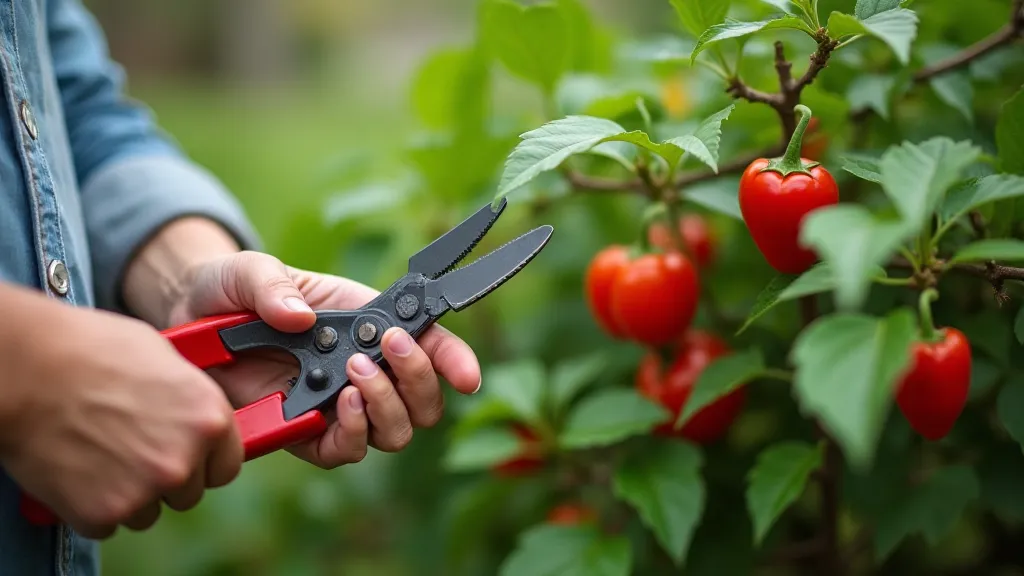
By following these pruning techniques, you can significantly improve the health and productivity of your pepper plants, resulting in a bountiful harvest of those delicious, specialty peppers you're growing!
